Yoga has been known for centuries to promote physical, mental, and emotional well-being. However, not all yoga practices are the same. Yin yoga, in particular, is a slow-paced, calming practice that targets deep connective tissues and aims to improve flexibility, circulation, and joint mobility. If you’re a beginner looking to try yin yoga, it’s important to start with the right poses. Here is some yin yoga poses for beginners that you can try, these are the best yoga poses for stress:
Table of Contents
Child’s Pose (Balasana)

The child’s pose is a gentle stretch for the hips, thighs, and ankles. It’s a great pose to start with as it helps to calm the mind and reduce stress. To do the pose, start on your hands and knees, and then sit back on your heels, extending your arms forward.
Butterfly Pose (Baddha Konasana)
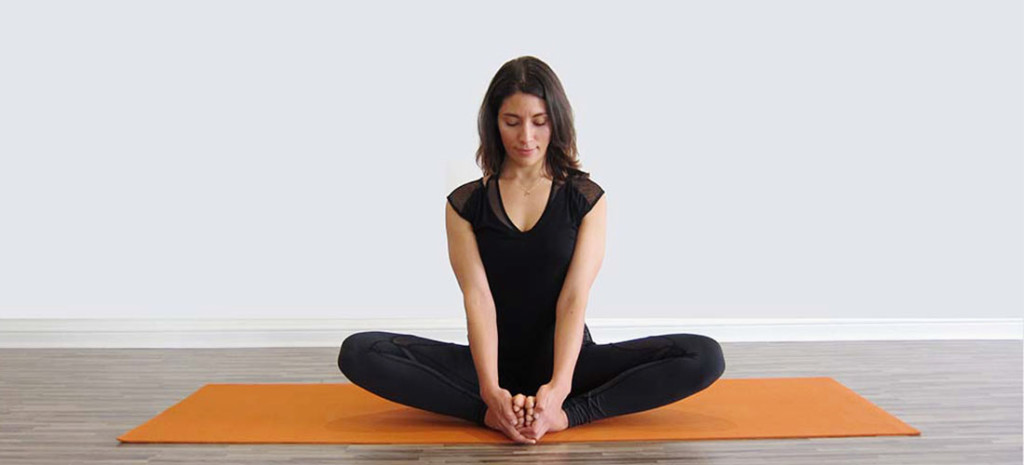
The butterfly pose is a seated posture that helps to open the hips and groin. This pose is also great for improving flexibility in the knees and ankles. Sit on the floor with the soles of your feet together, and gently push your knees towards the floor. Best yin yoga poses for beginners.
Dragon Pose (Low Lunge)
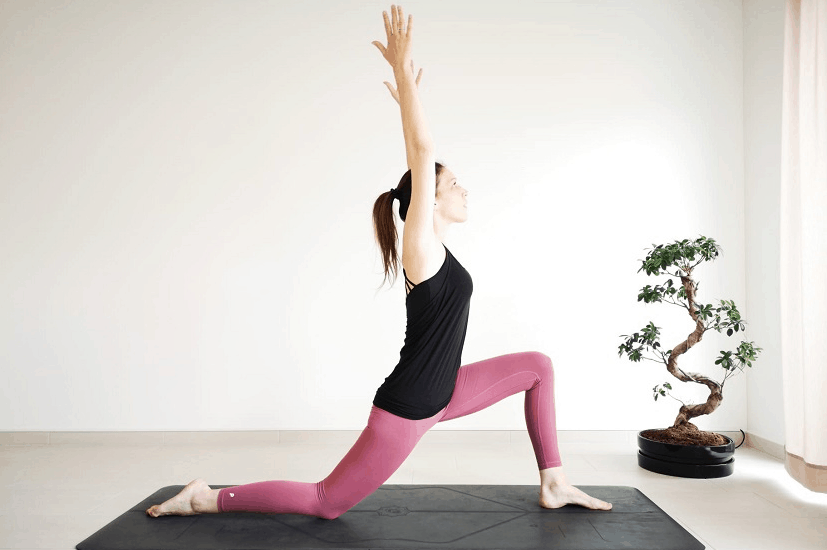
The dragon pose is a deep hip opener that stretches the thighs, groin, and hips. It’s a great pose for releasing tension in the lower back and hips. To do the pose, start in a low lunge with your front foot forward and your back knee on the ground.
Sphinx Pose
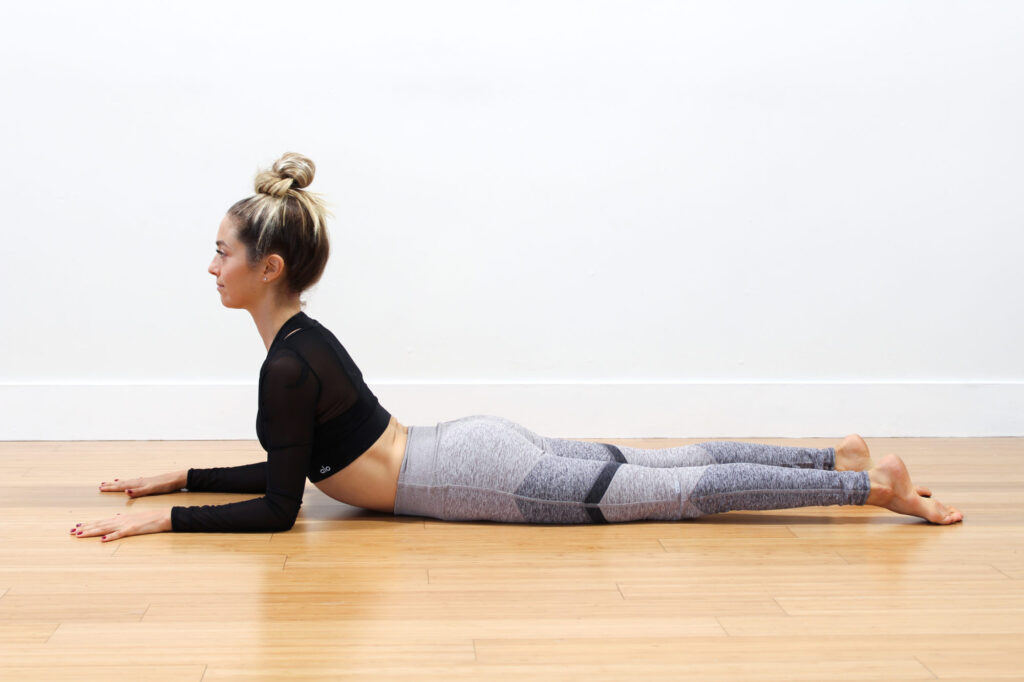
The sphinx pose is a gentle backbend that helps to stretch the spine and chest and best yin yoga poses for beginners. It’s also great for improving posture and relieving stress. To do the pose, lie on your stomach with your elbows under your shoulders and your forearms on the ground.
Sleeping Swan Pose (Pigeon Pose)
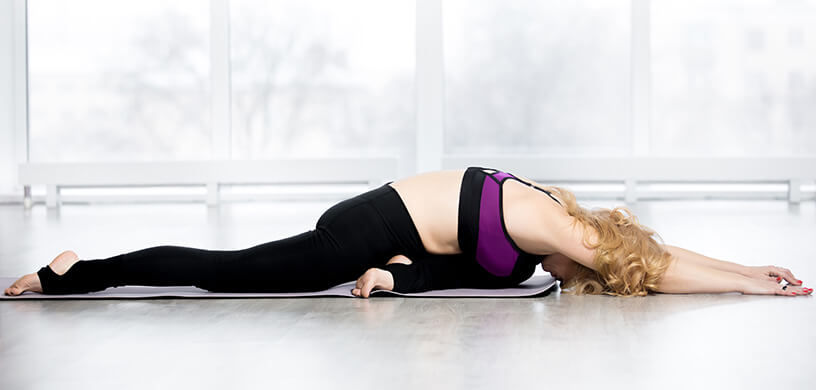
The sleeping swan pose is a deep hip opener that stretches the thighs, groin, and hips. This pose is also great for releasing tension in the lower back and hips. To do the pose, start in a low lunge with your front foot forward and your back leg extended behind you.
Happy Baby Pose (Ananda Balasana)
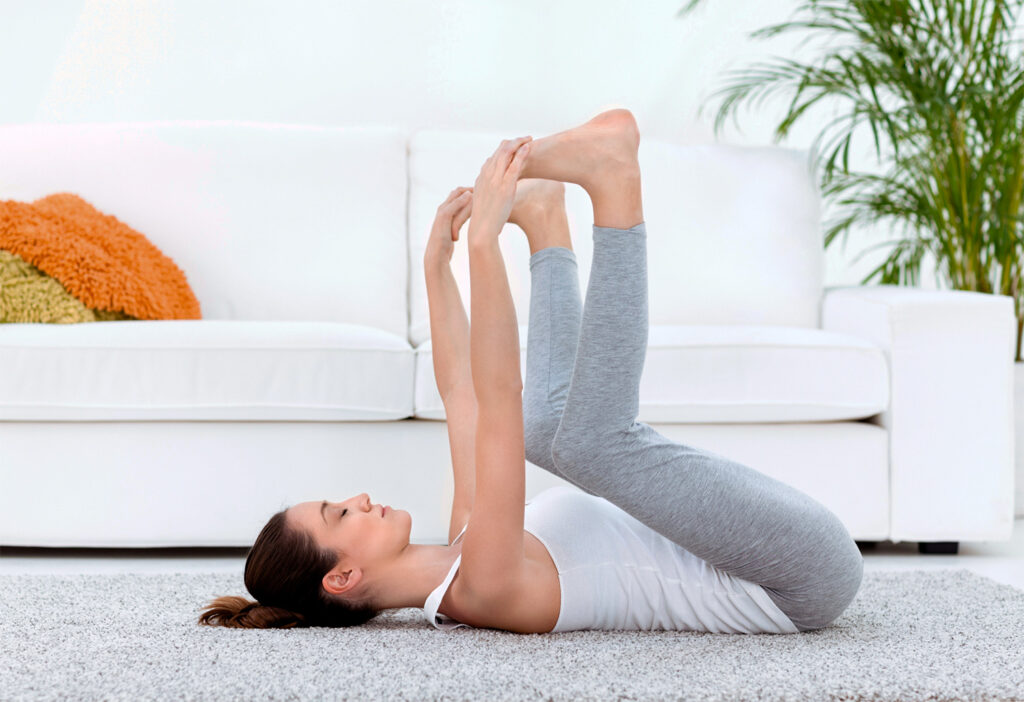
The happy baby pose is a relaxing pose that helps to release tension in the hips and lower back and it is one of the great yin yoga poses for beginners. It’s also great for improving digestion and reducing stress. To do the pose, lie on your back and bring your knees towards your chest, holding onto the outsides of your feet.
Supported Fish Pose

The supported fish pose is a gentle backbend that helps to stretch the spine and chest. It’s also great for relieving stress and improving posture. To do the pose, lie on your back with a rolled-up towel or yoga block under your upper back.
Legs up the Wall Pose (Viparita Karani)
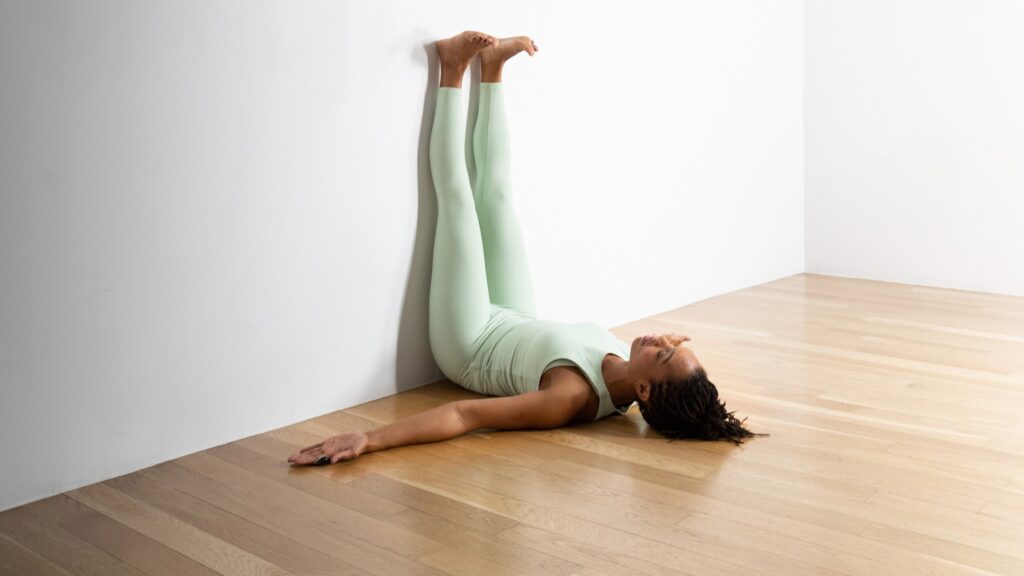
The leg up the wall pose is a restorative pose that helps to reduce stress and improve circulation. It’s also great for relieving tension in the legs and feet. To do the pose, lie on your back with your legs extended up the wall. It’s also one of the best yin yoga poses for beginners
Corpse Pose (Savasana)
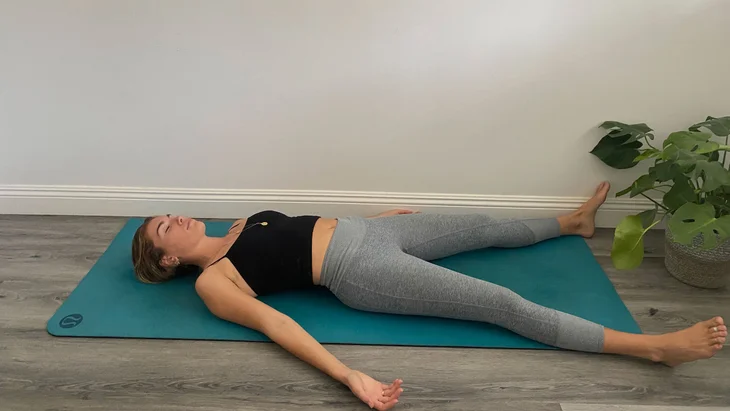
The corpse pose is a relaxation pose that helps to calm the mind and reduce stress. It’s also great for improving concentration and reducing anxiety. To do the pose, lie on your back with your arms at your sides and your palms facing up. It’s one of the best yin yoga poses for beginners
Cat-Cow Stretch
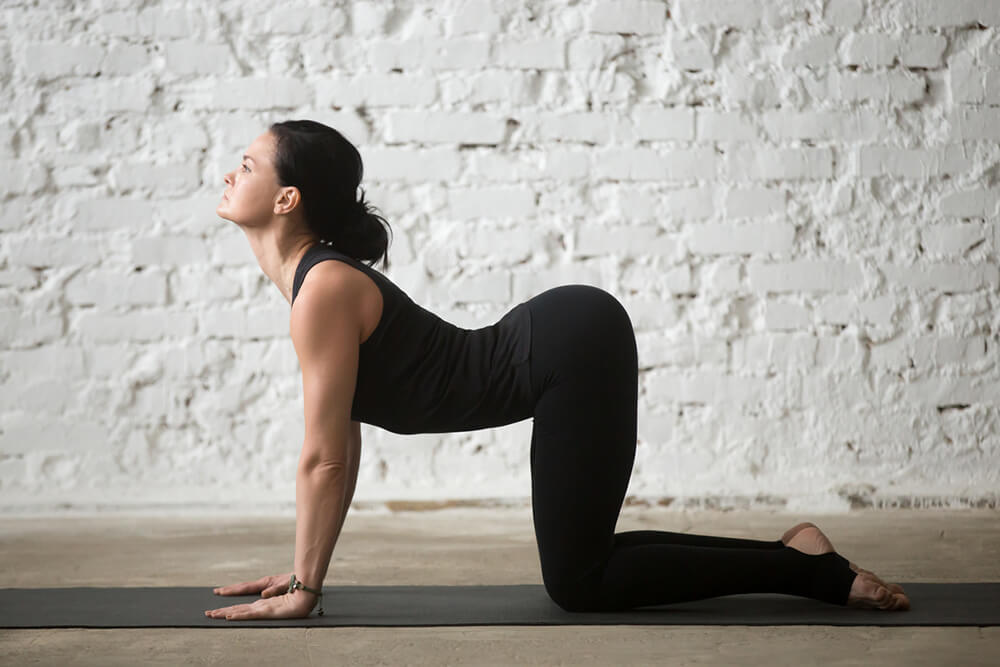
The cat-cow stretch is a gentle warm-up pose that helps to stretch the spine and improve flexibility. It’s also great for relieving tension in the neck and shoulders. To do the pose, start on your hands and knees, and then arch your back up towards the ceiling, and then lower it down towards the floor.
Now that you know some of the yin yoga poses for beginners, it’s important to understand the benefits of this practice. Yin yoga is a great way to improve flexibility, balance, and strength. Unlike other forms of yoga, which focus on active movements and flowing sequences, yin yoga targets deep connective tissues, such as ligaments, tendons, and fascia.
In addition to physical benefits, yin yoga can also help to reduce stress, anxiety, and depression. By holding poses for longer periods, yin yoga encourages practitioners to focus on their breath and quiet the mind. This can help to calm the nervous system and promote relaxation.
If you’re new to yin yoga, it’s important to approach the practice with patience and mindfulness. Yin yoga poses are typically held for several minutes at a time, which can be challenging for beginners. It’s important to listen to your body and adjust the pose as needed to avoid injury.
When practicing yin yoga, it’s also important to create a comfortable and peaceful environment. Find a quiet, dimly lit space, and use props such as blankets, blocks, and bolsters to support your body in the poses.
In conclusion, yin yoga is a relaxing and restorative practice that can be a great addition to your wellness routine. By incorporating yin yoga poses for beginners into your practice, you can improve flexibility, reduce stress, and promote overall well-being. Remember to approach the practice with patience and mindfulness, and create a comfortable environment that supports your body and mind. With consistent practice, you’ll begin to experience the many benefits of yin yoga.
